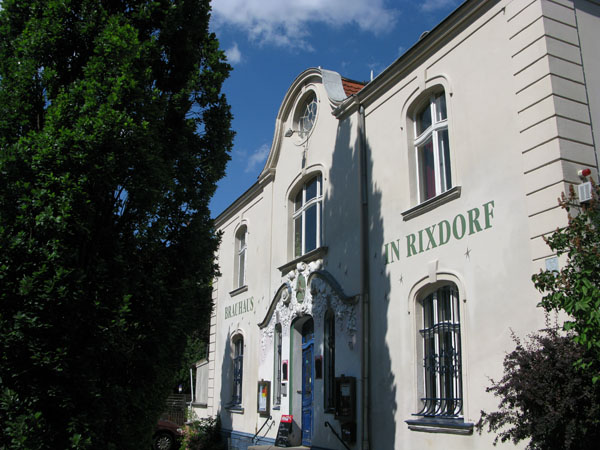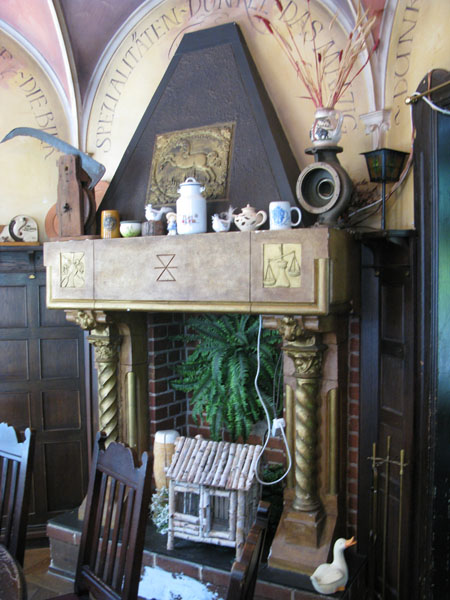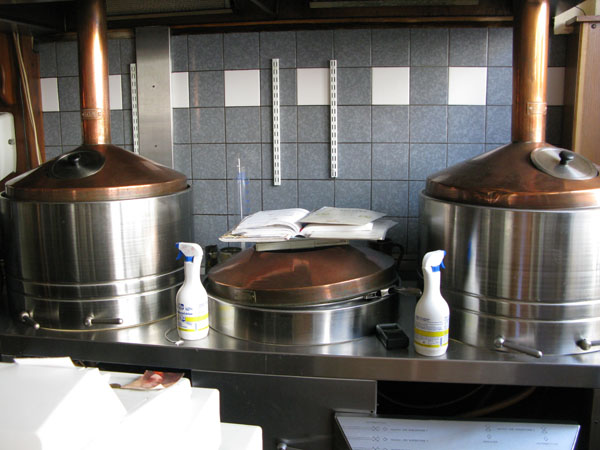After almost a week of pounding the pavement of various German cities, we needed a nature break. Southeast of Dresden is Sächsische Schweiz, (Saxon Switzerland), a national park along the Elbe River. Known for its rock formations, the park is popular with everyone from your average tourist to avid rock climbers.

Despite the projected 95 degree heat, we forged ahead with our plan to get some exercise. Hopping on the S-Bahn with hordes of other tourists at Dresden’s Hauptbahnhof, the ride to Sächsische Schweiz was a short 40 minutes. Getting off the train at Kurort Rathen, the final part of our journey was a ferry crossing to the opposite bank of the narrow Elbe River.
At this point, I somewhat doubted our decision. Not only was the hot late morning sun beating down on us, but the hordes seemed to have multiplied on the ferry.

However, once off the ferry, we quickly separated ourselves from the pack, located the trail and headed up. As our hikes in Europe go, this one was pretty mellow. We were shaded from the scorching sun and we weren’t in the back country. It was more of an uphill walk comparable to the walk to Andechs, just a bit steeper.
Being Germany, we knew we were going to be rewarded with beers for our efforts. Sure enough, when we reached the top, we found a little beer garden amongst the complex of buildings. Sitting down for a rest, we enjoyed a couple of Hefeweizens and a Bratwurst from a nearby stand.
Then we headed back down the trail from where we came. It wasn’t like our hikes in the other Switzerland; in fact it looked nothing like Switzerland. But we enjoyed ourselves nonetheless. And there was beer.

Obviously, there had to be a plan to visit a brewery somehow in this journey. Hopping back on the S-Bahn towards Dresden, we got off three stops up the line in Pirna. The brewery was located on the opposite side of the city from the train stop.

In a way, the several kilometer walk to the brewery was more difficult than our hike. Crossing a bridge over the Elbe River, we passed through the city center and then headed up a hill. While it was not as steep as our hike, we had no protection from the midday sun. And we weren’t quite sure where it was. I was very relieved to see the sign that said Brauhaus Pirna zum Giesser was only 300 meters away.

Finding a table in the shade, Merideth and I quickly ordered beers from our waitress. Having not found a beer menu in the 30 seconds we had been sitting down, we both just instinctively ordered a Pils. Good guess on our part. The golden brew tasted amazing after the long, hot walk.
Finally finding the Getränkekarte, Brauhaus Pirna zum Giesser had an eclectic stable of beers. Unfortunately, the ones I really wanted to try were the seasonals. We had just missed the Maibock and were too early for the Rauchbier. After the Pils, I also tried the Pirnaer Stadtbier, an amber and Weltmeisterbier, their light, summery World Cup beer.
It was our last full day in Germany on the trip. As we enjoyed our late lunch and beers, we reflected on our many beer adventures. The next day, we would be in Prague.





























